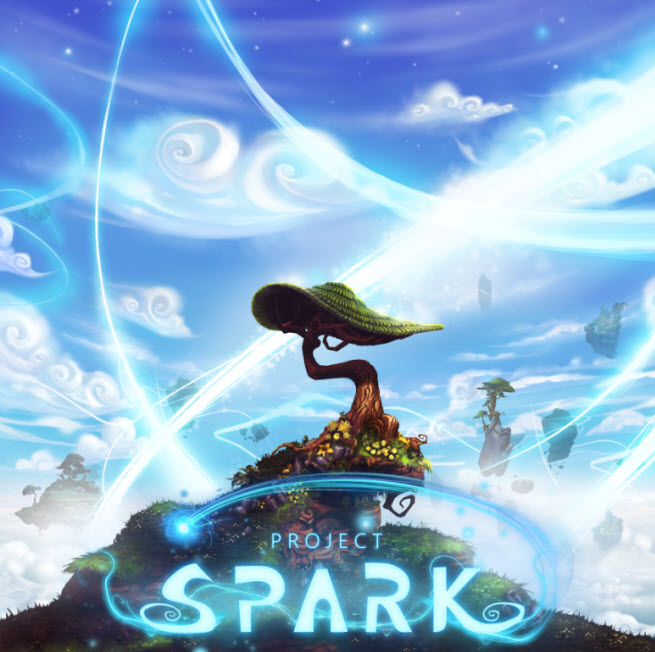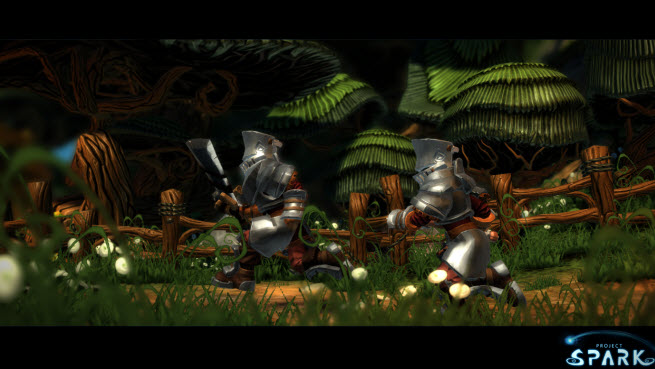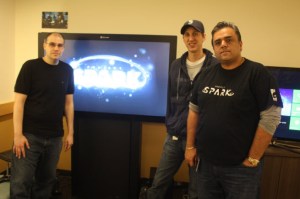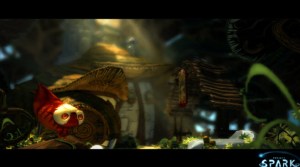GamesBeat: Do you feel like you’re delivering something that people aren’t getting from what’s out there?
Sterchi: A lot of the special nature of this comes from how fast you can construct entire worlds, how powerful it can be if that’s how deep you want to go. It’s the ability to create life and behavior. We’ve seen people creating things that react to their own conditions and to their own game constructs. It’s different, in my mind, from what you would historically see, where there’s maybe some sliders you can change to affect a situation, or there’s a character customization option from the game.
You can go in here and create behavior that we never made. We didn’t inherently build this thing into the game, but somebody went and made that. I can’t think of anything else that replicates that right now.
GamesBeat: The giant touchscreen TV seems like a great match for this. The closest thing in the real world might be someone using a tablet with a view of what they’re creating?
Sterchi: That’s a good analogy. We wanted the act of creation to be fun. Being able to touch, to actually see the world sculpting underneath your finger, was a magical thing. This screen is large and impressive, but I’ve created a bunch of stuff on my Surface Pro 2, and I get a lot of that feeling of seeing the world mold behind my finger, through my actions, when I’m on the Surface. But the analogy is on point. Being able to hook that up to a big screen in your living room is probably the most magical moment.
GamesBeat: That’s a SmartGlass extension?
Sterchi: Yeah. It’s something we’ve shown we intend to support from a SmartGlass perspective. But I think it happens even from an asynchronous perspective, too. I created a little blackjack simulator, and I did it all on my Surface Pro. I was able to put that on my TV, on my desktop, on my Xbox One. There’s a pretty magical moment of switching over from whatever game you’re playing on your Xbox One to this thing you just made. You can do that after making it on a touch device.
GamesBeat: Is it clear that at some point, then, the amount of content that’s created is going to far exceed what you guys have created yourselves?
Sterchi: I think it’s already done that. We thought there might be some apprehension. We built in a lot of mechanics around leading you by the hand through your first creation. What we’ve found is that we didn’t need that. People are sharing. They’re screaming at the top of their lungs on their social networks. They’re excited to show their pride of creation to the world.
We do a Twitch stream, and we started by showing what it’s capable of. The first arc we went through was, “What can this do and how can I do it?” When we went to the closed beta and people were making levels, we started focusing on showing the community’s creations. We built an entire feed just for it, what we call all-stars. Those are levels that we’ve played on our feed. The people who created them show up and say, “Look, check it out, play my level!” Then we highlight them on their own feed here.
Sandil: We’ve done some other interesting experiments with Twitch. We take people who’ve never played the game before, like Jessica Shea, who’s the community manager on Halo. We brought her into the Twitch stream and said, “Start building something with us.” Someone who’s never used the tools before, by the time the stream is over, they have a fully functional, playable game. That inspires the community tremendously. It helps them realize, “Oh, I can make something.”
Sterchi: We’ve done collaborations. We built a point-and-click game on a stream we did, about 45 minutes, and let the community tell the story and name the characters and determine the goals and the missions. That’s all up on our Twitch page. It was great, because it was this dynamic collaboration.




